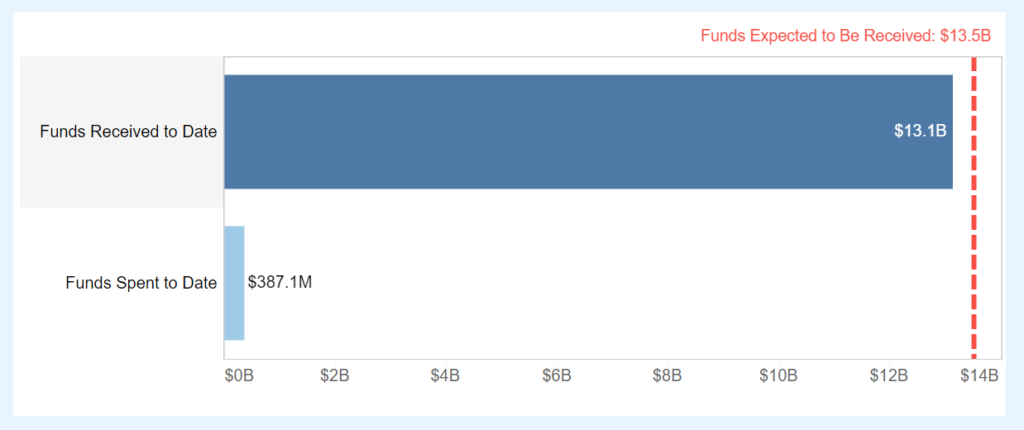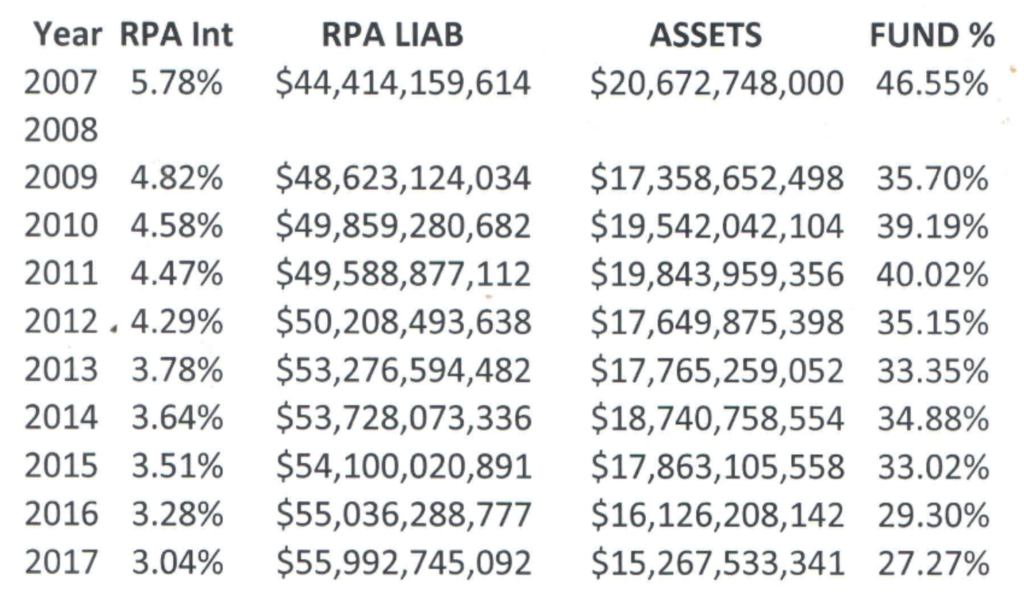Link:https://insurancenewsnet.com/innarticle/bankrupt-arizona-imo-at-center-of-iul-fraud-fight
Excerpt:
A prolific pension fraud scheme that spread to the insurance industry before being shut down by federal investigators continues to produce fresh lawsuits.
And it also continues to claim new victims — the latest being Shurwest, a successful Scottsdale, Ariz., independent marketing organization. Shurwest filed for Chapter 11 bankruptcy Aug. 31 after executives realized “there’s not going to be anything left,” one of its attorneys said.
According to bankruptcy documents, Shurwest faces 38 pending lawsuits in state and federal courts.
Author(s): John Hilton
Publication Date: 6 Oct 2021
Publication Site: Insurance News Net




